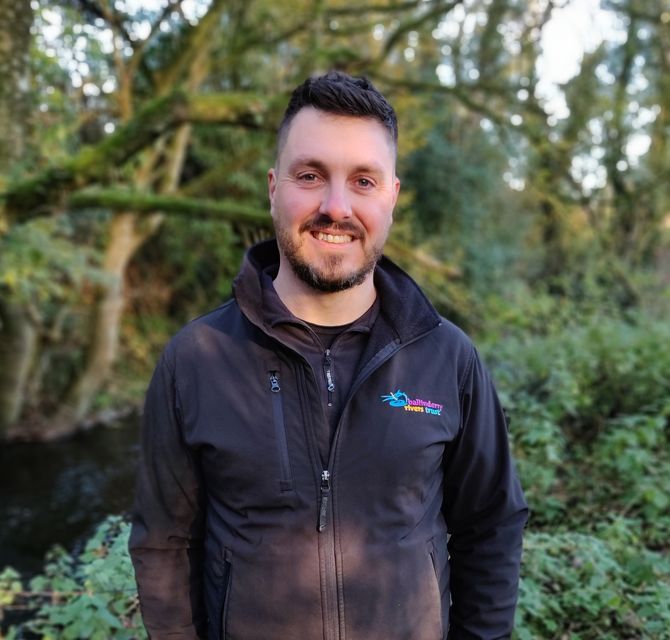[ad_1]
Environmental damage is expected to continue as NI Water said it is likely to take 12 to 18 years to modernise wastewater infrastructure.
Despite an expert assessment that it releases more than seven million tonnes of untreated sewage into local waterways annually, information obtained under the Freedom of Information (FoI) Act shows that 1,203 out of a total of 1,385 known pollution incidents were deemed ‘low-level’.
Only 23 led to prosecution cases with fines ranging from £250 to £40,000.
Unlike England and Wales where water companies are privately owned, NI Water is a public utility and it is deemed “counterproductive” for fines to be imposed.
Water is released from sewerage overflow pipes, also known as combined sewerage overflows (CSOs), during heavy rainfall or operational breakdown to avoid flooding, according to NI Water.
However, many pipes are faulty and discharging over 100 times per year with one in Strabane projected to spill 435 times each year.
Rather than installing Event Duration Monitors (EDMs) at every CSO, NI water is prioritising sites, mostly close to bathing waters. It plans to install 50% of those EDMs by 2027.
But, it is not obligated to establish fit for purpose databases and real-time reporting systems until the next price control period between 2027/28 and 2032/33.
“NI Water works along with NIEA using a risk-based approach to identify the CSOs with the highest likelihood of overflowing, and the sensitivity of the location, i.e. sites within 2km of shellfish or bathing waters have been included to date,” an FoI response stated.
“These sites are then prioritised for inclusion within NI Water’s Business Plans. The number of EDMs included within each PC period will depend on the availability of funding.
“By the end of PC21 (2021/22 — 2026/27) NI Water aims to have EDMs fitted on approximately 50% of our overflows. Subject to discussion with NIEA, further overflow locations for EDMs may be identified for inclusion in our PC27 Business Plan (2027/28 — 2032/33).”
As of February 2023, NI Water had installed 397 EDMs and was planning on fitting around 646 more in the next four years at a cost of £14.25m.
NI has 1,737 CSOs meaning 694 (40%) will remain unmonitored.
Campaigners have argued there needs to be an independent environmental protection agency in NI.
All Ireland Director of The Rivers Trust Mark Horton said it is much better for the environment and cheaper for the public purse to treat the causes of pollution at the source rather than try to clean up pollution at the end of the pipe.
“Unfortunately, there has never been enough attention paid to water quality in Northern Ireland, and there has been chronic under-investment for decades,” he added.
“Pollution and habitat degradation around rivers occurs for many complex reasons and are often the result of actions that are happening at a distance from waterways, such as nutrient run-off from agricultural land, industrial pollution, pressures on supply with domestic and economic expansion, legacy infrastructure issues, poorly maintained septic tanks and even a changing climate.
“There is no one silver bullet or quick solution.”
All Ireland Director of The Rivers Trust Mark Horton
NI’s rivers are in “serious trouble and facing increasing threats”, he explained, with none of its 496 rivers, lakes and coastal waters achieved a ‘good overall status’ rating for water quality.
NI Water is regulated by the Northern Ireland Environment Agency (NIEA).
“Fining NI Water for pollution incidents arising from unsatisfactory spills from CSOs would ultimately be counterproductive,” an NI Water spokesperson said. “NI Water is a public owned utility and any fines imposed would simply exacerbate the funding problem.
“Without the necessary investment, NI Water may breach statutory environmental obligations and choices will have to be made between environmental protection and economic development.”
[ad_2]
Source link

